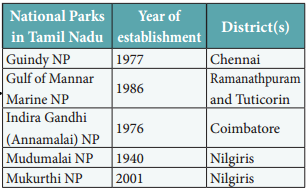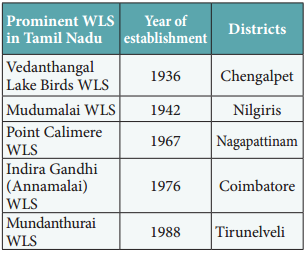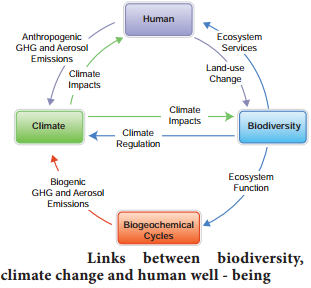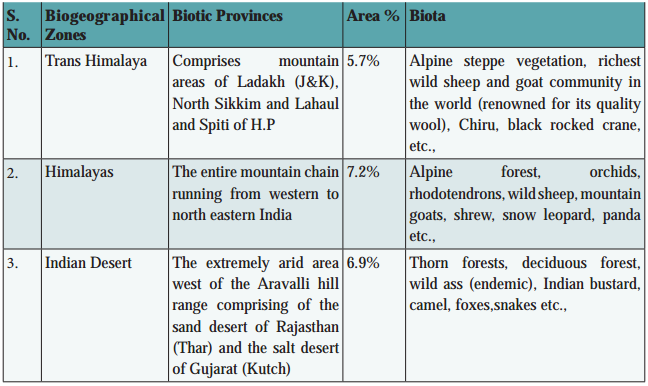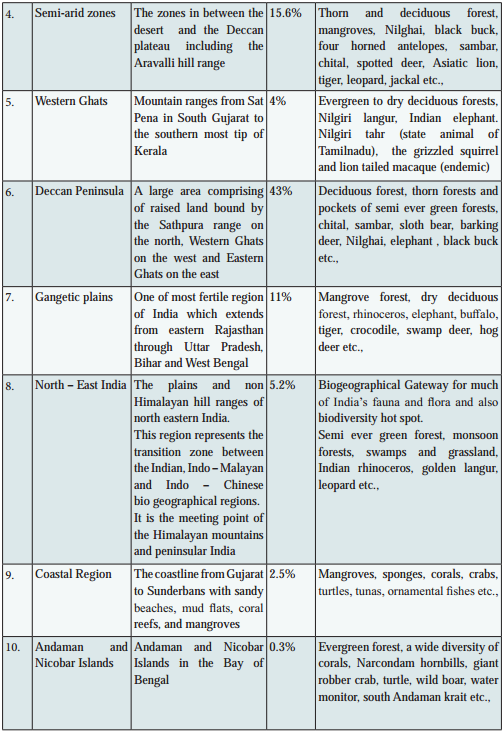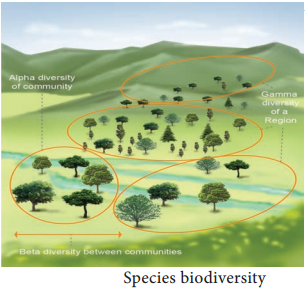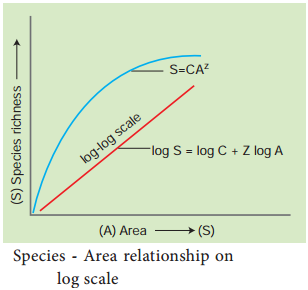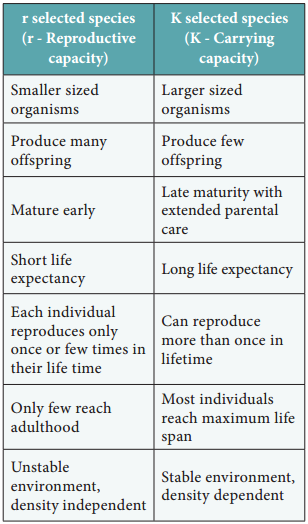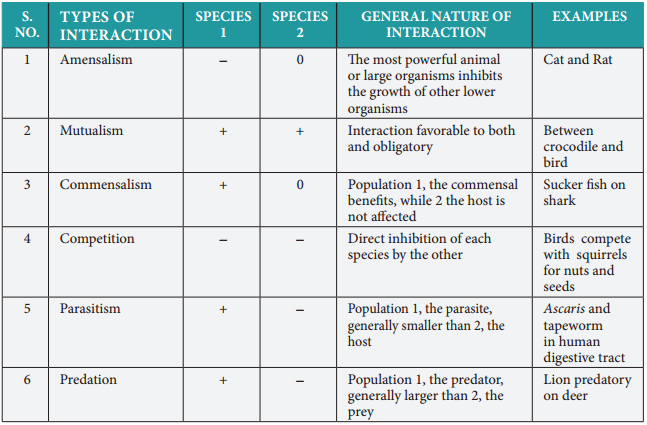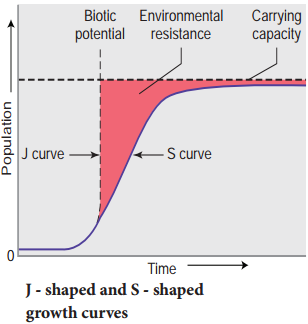Learninsta presents the core concepts of Biology with high-quality research papers and topical review articles.
Environmental Pollution Overview and its Defnition
Pollution is any undesirable change in the physical, chemical and biological characteristics of the environment due to natural causes and human activities. The agents which cause pollution are called pollutants. Pollution is classified according to the types of environment that is affected. They are mainly air, water and soil pollution.
Classification of Pollutants
In terms of eco-system, pollutants can be classified into two basic groups – Nondegradable and degradable. Based on the time taken to breakdown into their ingredients, degradable pollutants are classified as rapidly degradable (non-persistent) and slowly degradable (persistent).
(a) Rapidly degradable or non-persistent pollutants:
These can be broken down by natural processes. Domestic sewage and vegetable waste are examples of such pollutants.
(b) Slowly degradable or persistent pollutants:
These are pollutants that remain in the environment for many years in an unchanged condition and take decades or longer to degrade, as in the case of DDT.
(c) Non-degradable pollutants:
These cannot be degraded by natural processes. Once they are released into the environment, they are difficult to be eliminated and continue to accumulate (biomagnifiation). Toxic elements like lead, mercury, cadmium, chromium and nickel are such common pollutants.
